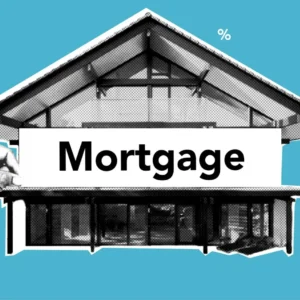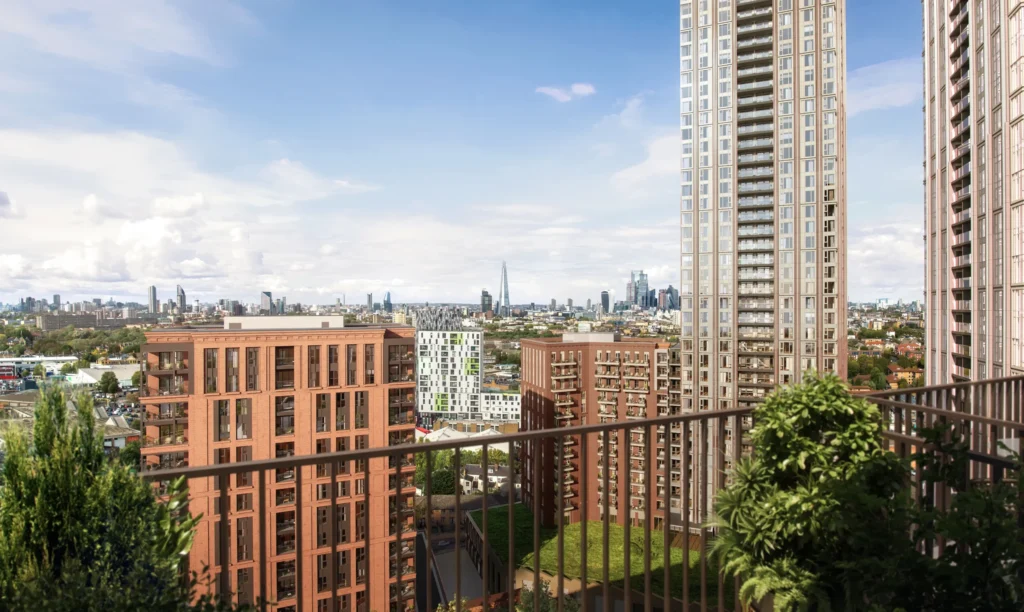UK Mortgage Market Update: Barclays Cuts Rates as Inflation Surprises
UK mortgage rate drops are reshaping the market, with one major high-street bank moving against its rivals this week. Barclays announced a series of mortgage rate reductions, moving against the wider trend where most lenders have either held or slightly increased their rates. The news comes as inflation edges higher, clouding the outlook for further Bank of England base rate cuts.
UK Mortgage Rate Drops Challenge Borrower Confidence
 July’s inflation reading caught economists and homeowners off guard. Consumer prices rose by 3.8% year-on-year, well above the Bank of England’s 2% target. This spike has cast doubt on expectations of further interest rate cuts, with the base rate currently at 4%.
July’s inflation reading caught economists and homeowners off guard. Consumer prices rose by 3.8% year-on-year, well above the Bank of England’s 2% target. This spike has cast doubt on expectations of further interest rate cuts, with the base rate currently at 4%.
While the cut provided some relief for households, the latest inflation figure has renewed concerns for borrowers. According to Alice Haine, personal finance analyst at Bestinvest by Evelyn Partners, “Rising inflation dents affordability and borrowing power, especially for first-time buyers.” In her view, price pressures may limit how far mortgage rates can fall in the coming months, even though affordability had been improving thanks to more flexible lending criteria.
Barclays Leads the Way with Mortgage Reductions
Barclays has stood out this week by trimming a range of its products, lowering costs for both new buyers and those looking to remortgage.
- Two-year fix now at 3.75% (down from 3.84%), with a £899 product fee.
- Five-year fix cut to 3.95% (down from 3.99%), also with a £899 fee.
- Other reductions span across Premier, Green Home, and standard packages, with several dropping by up to 0.2 percentage points.
In addition to rate cuts, Barclays has rolled out its Mortgage Boost scheme, designed to help buyers unlock higher borrowing limits. By allowing family members or friends to be added to an application, borrowers can effectively increase their income assessment without requiring extra deposits or gifts. For example, an individual earning £37,500 with a £30,000 deposit could borrow around £168,000 under standard rules. With Mortgage Boost, adding another applicant with the same income could raise the borrowing capacity to £270,000 – enough to buy a £300,000 property.
This initiative could prove significant for younger buyers and families struggling to compete with high property prices.
How Other Major Lenders Compare
While Barclays cut rates, its rivals largely held steady – or nudged upwards.
HSBC Mortgage Deals
- Five-year fix: 3.94% (or 3.91% for Premier customers), unchanged.
- Two-year fix: 3.78% with a £999 fee.
- Higher loan-to-value (LTV) products, such as 95% mortgages, remain more expensive at around 4.9%.
NatWest Mortgage Deals
- Five-year fix: 3.85% with a £1,495 fee.
- Two-year fix: 3.73%.
Both unchanged from last week, requiring a 40% deposit.
Santander Mortgage Deals
- Five-year fix: 4.09% (up from 3.94%).
- Two-year fix: 3.94% (up from 3.82%).
Both products assume a 40% deposit, with a £999 fee.
Nationwide Mortgage Deals
- Five-year fix: 4.19% (up slightly from 4.14%).
- Two-year fix: 3.91%.
Nationwide has also cut its Standard Mortgage Rate (SMR) by 0.25% to 6.74% from September. Tracker deals will also fall in line with the lower Bank Rate.
Nationwide has broadened eligibility for first-time buyers by lowering its minimum income thresholds and enhancing its Helping Hand product, which allows borrowers to access loans up to six times their income. This change could benefit up to 10,000 additional buyers annually.
Halifax Mortgage Deals
Halifax, the UK’s biggest lender, has nudged its products slightly higher:
- Five-year fix: 3.99% (up from 3.94%).
- Two-year fix: 3.83% (up from 3.79%).
It also continues to offer a 10 year fix at 4.78%. Borrowing capacity has been expanded on some five-year products, giving buyers access to larger sums.
Why UK Mortgage Rate Drops Still Require Large Deposits
 Despite slight movements across the market, NatWest continues to advertise some of the lowest available rates – 3.73% for two years and 3.85% for five years. However, these require a sizeable 40% deposit.
Despite slight movements across the market, NatWest continues to advertise some of the lowest available rates – 3.73% for two years and 3.85% for five years. However, these require a sizeable 40% deposit.
With the average UK house price at £298,237 (Halifax, July), that means buyers need almost £120,000 in savings to access these leading deals – an unattainable figure for many households.
This challenge is fuelling innovation in the mortgage market. Alternative lenders such as April Mortgages and building societies like Skipton and Leeds are experimenting with higher income multiples – up to 5.5 or even seven times salary. However, these deals typically come with higher rates, often above 5%.
The Long Road for Borrowers
The current landscape leaves homeowners facing tough decisions. A growing number are stretching mortgage terms to 35 years or longer, sometimes pushing repayments into their 70s.
Meanwhile, 1.3 million fixed-rate deals are due to expire in 2025, according to UK Finance. Many households will soon face higher monthly costs unless the Bank of England accelerates rate cuts. While borrowers hope for relief, savers are more likely to favour stability in rates.
UK Mortgage Rate Drops and Buyer Considerations
For those looking to secure a mortgage in late summer 2025, the message is mixed. Barclays’ reductions show that competition between lenders can bring better deals, but the broader economic backdrop – particularly inflation – suggests volatility may continue.
Borrowers should weigh:
- Deposit size: Bigger deposits still unlock the best rates.
- Fixed vs tracker: With inflation unsettled, fixing offers certainty but trackers may fall if the Bank of England cuts rates further.
- New schemes: Products like Barclays’ Mortgage Boost or Nationwide’s Helping Hand can significantly increase borrowing power.
Final Word
The UK mortgage market is entering another pivotal period. Barclays’ decision to reduce rates stands out as a positive sign for buyers, but persistent inflation may slow wider relief across the sector. As 2025 progresses, mortgage seekers will need to balance optimism with caution, keeping a close eye on the Bank of England and the strategies of major lenders.




